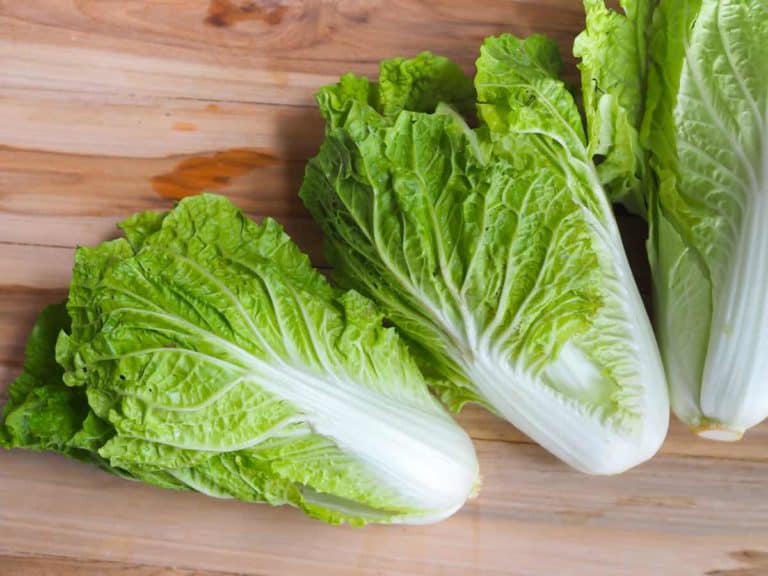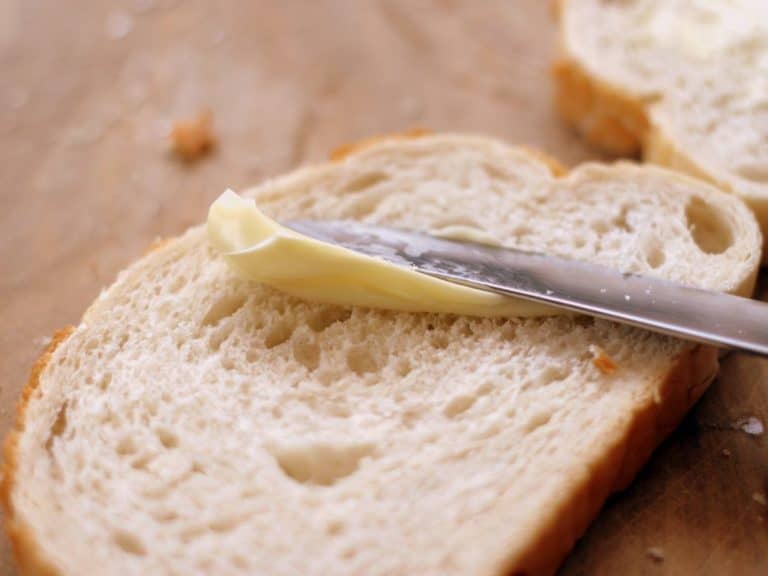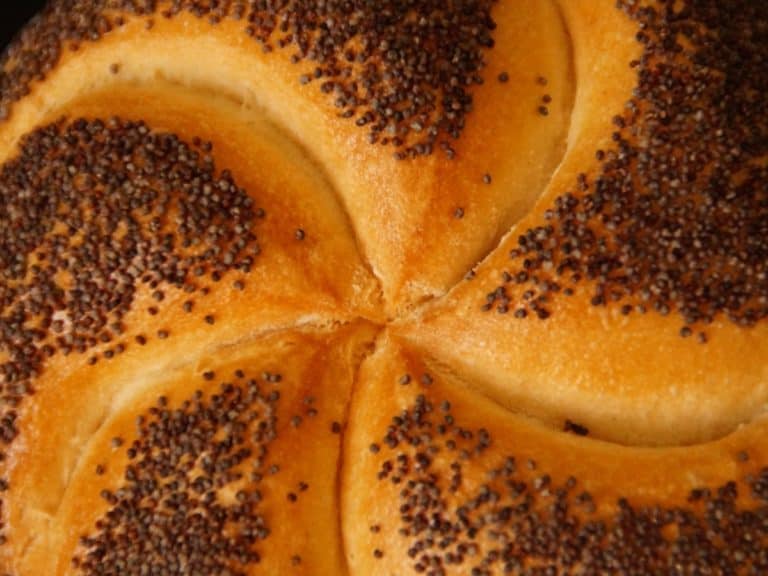What Food Goes With Chianti
There isn’t perhaps another wine that puts the Italian culture and ethos in a bottle as good as the Chianti. So it only makes sense that this wine is as exclusive as they get, getting produced only in the Chianti region of Tuscany, Central Italy.
The Italian wine community holds the Chianti at a high pedestal, recognizing it as a DOCG wine. Made from the highest quality grapes of the region, Chianti presents a host of flavors in its dry enterprise.
What’s even better about the Chianti is its ability to pair well with a wide array of cuisines. So today, we will be discovering foods that go with this exquisite wine, and let us tell you, the list is exciting!
So, What Does Chianti Taste Like?
Before we take a deep dive into the world of food and cultures, it’s essential to understand how Chianti tastes on its own.
It is made of the Sangiovese grapes found exclusively in the Central Italy region. According to the very rigid Italian winemaking standards, Chianti wines must include more than 80% of these grapes in the blend.
These grapes have an acidic and firm-bodied taste that translates into the actual taste of the wine as well.

First Impressions
The first impression of the wine can be hard to find your footing on, with hints of fruits and herbs like oregano making their presence known on your palate.
After a sip or two, you may even start noticing rustic, earthy flavors with a smokey tinge to them. In the case of the Chianti Classico, you may even find some fruity hints of strawberries and red cherries.
It comes off as a medium-bodied wine with firm tannins. It is also highly acidic, which proves to be a complement to Italian cuisine. Well, on the drier side of the scale, the wine is versatile and is compatible with a wide range of food.
What Kind Of Food Goes Best With The Chianti?
Made from the finest grapes of Italy, these tipples automatically go well with typical Italian dishes and delicacies. The acidic nature also makes Chianti a companion to fatty food, meats, and most desserts.
Without further ado, let’s quickly take a look at some of the most common food pairings that elevate your Chianti experience.
Italian Wine, Italian Food!
Chianti is, in its wholeness, an apt representation of the Italian culture. Naturally, it pairs well with most Italian cuisine. Its dry flavor forms an excellent combination with the core ingredients of Italian food, like herbs and cheeses.
It may be the classic pizza we all love, pasta with Pomodoro sauce, or any other Italian staple; the signature wrapped-in-straw bottle can always make it better. A wise man once said Chianti and Italian food is a match made in heaven, and we can only sit in awe after trying these combinations ourselves.
Tomato
Tomatoes are highly acidic foods; hence they work well with the Chianti. With most wines, the characteristic tannins may clash with the tangy flavor of tomatoes, but not with the Chianti.
In fact, Chianti accentuates the taste of tomatoes, thanks to its acidic nature. So, it is a natural choice with anything based on tomatoes. Recipes involving tomato sauces like spaghetti and meatballs are amazing, with a bottle of Chianti alongside them.
Other sauces like ragu and arrabbiata are excellent choices for the dry tipple.
Cheese
Cheese and wine go without saying and have been the central premise of many food combinations globally.
Since cheese is fatty and proteinaceous, it helps alleviate the overpowering effect of the tannins. Usually, a like-for-like combination is much appreciated. If the wine is intense and highly tannic, it will pair well with hard cheeses such as Parmesan and Cheddar.
The creamy, salty flavor of the cheese participates in a fun interplay with the highly tannic wines, producing a flavor contrast that wine lovers have enjoyed for centuries. In the case of the Chianti, which is an intense red wine with medium tannins, there’s plenty of scope for one to experiment around with different cheeses.
Parmesan
Parmesan is a popular cheese known for its nutty, sharp, and tangy flavor and the ability to elevate the quality of savory dishes instantly. Its grainy texture and umami taste make it an excellent companion to a bottle of Chianti.
The nutty flavors of the Parmesan and the high-fat content help keep the tannins in check, allowing you to taste the fruity and earthy notes of a Chianti, which are usually overshadowed by other powerful tones. Chianti and Parmesan are eons old as a coupling, and we don’t think they can ever be separated.
Asiago
An underappreciated cousin of Parmesan, Asiago tends to be more versatile in its premise, with a mild flavor that complements most foods.
Now a mild-flavored cheese like the Asiago may not do well with a firm tannin wine like Chianti in theory, but in practicality works wonders in terms of bringing the exquisite flavors of the wine to the forefront.
In doing so, the cheese keeps its herbaceous style intact, enabling drinkers to enjoy the best of both worlds. Asiago’s ability to pair with virtually any food makes it an exciting choice for a sumptuous regale.
Pecorino Toscano
Made from whole sheep’s milk, the Pecorino Toscano sings of the flavors and tastes of Italy. That on its own makes it a fantastic pairing for any Italian red, including the Chianti.
Thanks to its high-fat percentage, the Toscano variant of Pecorino cheese is extremely delicious and keeps the flavor between your Sangiovese red and itself balanced.
Meats That Go With Chianti
Chianti scores a perfect 10 with Italian food but is not reserved for only the herbs and spices of Italia. Its compatibility goes way beyond and enhances several other western cuisines.
In fact, it forms flavorful relationships with most kinds of meat preparations.
Its spectrum includes commonly enjoyed poultry meats like chicken and turkey and animal meats like mutton, beef, and steak. Its tannin content helps cut through the layers of fat, while the perky acidity keeps the original taste of the dish intact.
Pair the meat with cheese and tomato, and the Chianti will ensure that you eat to your heart’s content!
What About Fish?
While most feel that red wines are excellent with meat and white wines with fish, the Chianti seems to be a God-made exception.
Most red wines tend to leave a fishy aftertaste (pun intended!) when consumed with seafood preparations, but not Chianti.
It has been seen as a traditional accompaniment to fish like mackerel and salmon that are meaty and steak-like in taste and texture. Even strong-tasting fishes like sardines, prawns, and anchovies are also excellent options to explore with the Italian classic.
Spicy Food And Chianti
In most cases, red wine is not advisable with spicy foods. The primary reason behind this notion is that either the wine or the food will overpower the other’s distinct taste, spelling utter chaos on your palate.
The resulting effect may be unpleasant and steal the pure joy of wining and dining.
However, since Chianti has only medium levels of tannin, it is open to experimentation. While it works excellently with mildly spicy foods, some of the more piquant foods may or may not work with it.
What About BBQ?
Red wines can be the heart of a good backyard barbecue party with their rich and robust flavors. Chianti adheres to that tradition, pairing spectacularly with barbecued meat.
In this case, it tends to work well with barbecued or grilled red meat. Since the wine is medium-bodied, it does not overpower the spicy, tangy elements of the BBQ, but again, it will help cut through the characteristic layer of fat on red meats.
But, there are other red wines like the Shiraz and Cabernet Sauvignon that do a better job with BBQ. If your taste buds bode well with the Chianti, let us assure you that it will do a commendable job too.
Never Pair This With Chianti!
While it may seem like a food-friendly tipple, some foods should not be paired with Chianti if you’re looking for an ideal experience.
Blue Cheese
Now cheese and wine constitute as natural a combination as bread and butter. But, (and this is a big ‘but’!), blue cheese is as counter-intuitive as it can get with red wine.
This is because blue cheese is typically strong in taste, and has an overwhelming aroma. This can easily shadow the medium-bodied personality of Chianti, interfering with the normal functioning of your palate.
Tuna
While tuna is one of the meatier fish, it is often cooked with vinegar in special preparations. In such a case, the vinegar will amplify the acidity of the wine, while the typical flavor of the tuna will make it taste foul.
Chocolate
We all love chocolate, but it acts as a potential barrier between you and the complete actualization of a wine’s flavors on your palate.
Chocolate itself consists of fats and tannins, which engage your sweet taste buds. Drinking a dry wine like Chianti after consuming chocolates may rip the fruity, slightly sweet tinges of the wine off and leave you with a potentially bitter or fully dry aftertaste, which may even seem like a wine fault.
Summing Up
Finding the right pairing for Chianti is no rocket science and requires little knowledge of how the wine delivers its iconic mouthfeel.
It is a highly versatile wine and tends to encompass a variety of food in its spectrum. The interplay of its flavors with other foods can only be described as truly exceptional and worth revisiting again and again.
Wine and food are meant for each other, and we firmly believe that a classic like the Chianti substantiates the statement.





